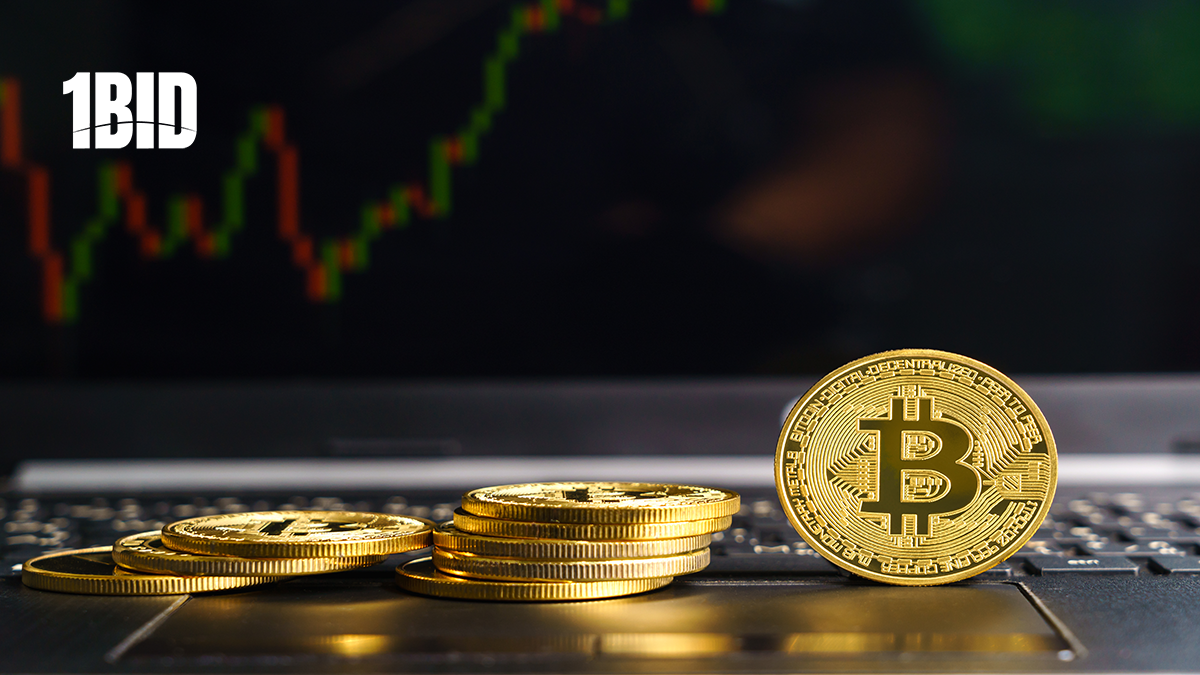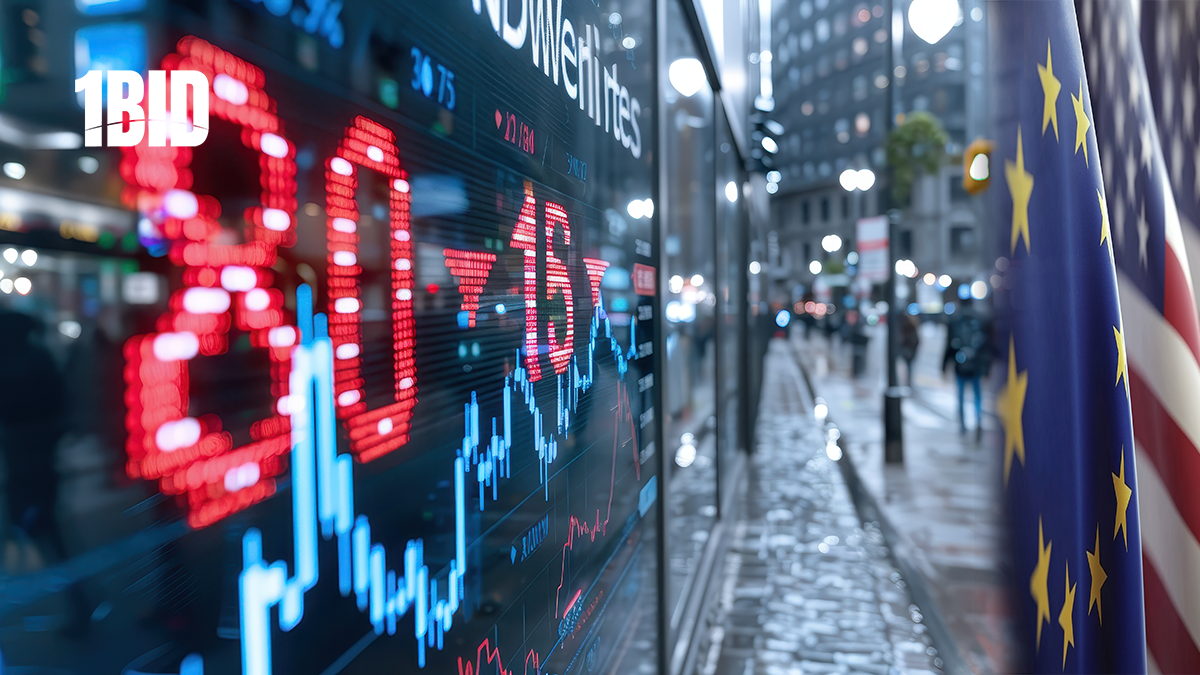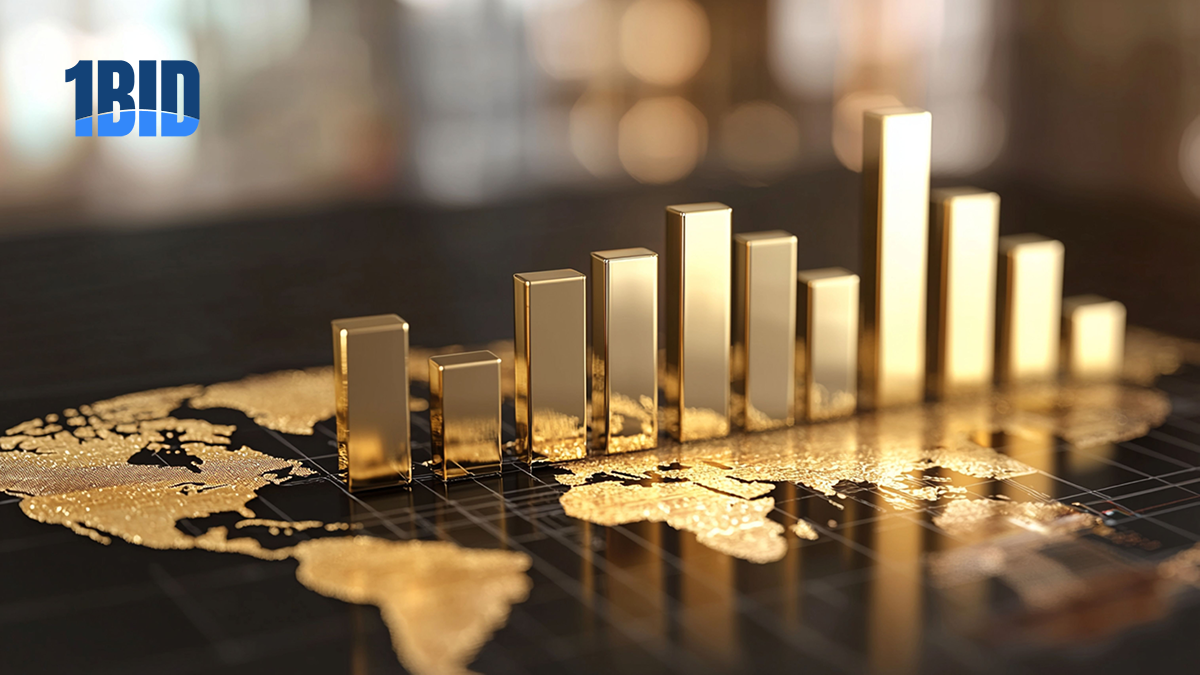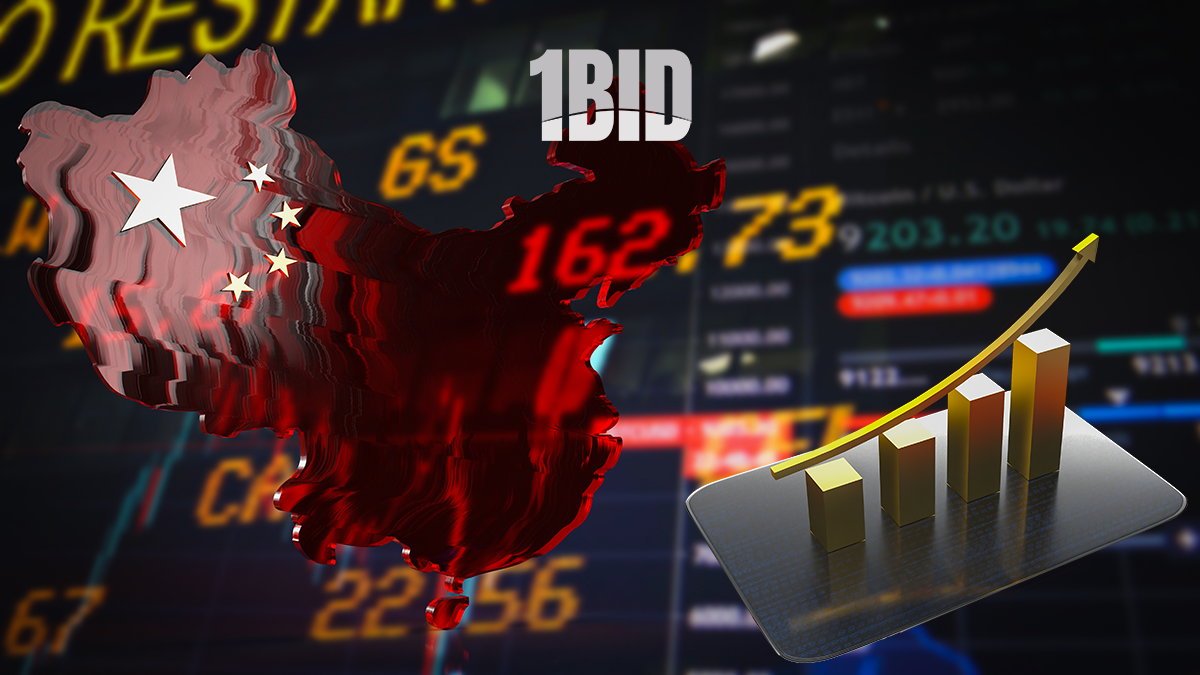On Monday, September 2, Brent crude futures fell 21 cents (0.3%) to $76.72 a barrel, while US West Texas Intermediate (WTI) crude fell 14 cents (0.2%) to $73.41. Both had already experienced significant losses last Friday, with Brent falling 1.4% and WTI falling 3.1%.
Currently, crude oil prices are too low, while crude demand has not met the optimistic forecasts made by OPEC for 2024. To meet these challenges, the first thing OPEC+ can do is surprise the market by reversing its decision to increase production in the fourth quarter. Second, it can continue with the planned increase in production, allowing prices to weaken further in the hope that lower prices will eventually spur faster economic growth and higher demand.
Analysts warn that with the current bearish momentum, there is a real risk that prices could fall to multi-month lows. Despite this, OPEC+ is set to press ahead with its planned production increases starting in October. Eight OPEC+ members are scheduled to increase output by 180,000 barrels per day (bpd) in October, as part of a plan to undo recent supply cuts of 2.2 million bpd while maintaining other cuts through the end of 2025.
The decision to increase production was made against a backdrop of strong demand growth forecasts for the rest of 2024, driven largely by a recovery in China, the world’s top crude importer. However, there are fears that a larger-than-expected increase in production could further unbalance the supply-demand equation, putting additional downward pressure on prices.
Both Brent and WTI have posted losses for two consecutive months due to concerns about US and Chinese demand, despite recent disruptions to Libyan oil supplies and supply risks related to conflicts in the Middle East. While Libyan exports remain halted, the Arabian Gulf Oil Company has resumed production up to 120,000 bpd to meet domestic needs.
OPEC still expects China to contribute 700,000 bpd to global demand growth, a forecast that looks increasingly unrealistic given current market conditions. China’s crude oil imports fell to 9.97 million bpd in July, the lowest level since September 2022, and down from 11.3 million bpd in June. During the first seven months of the year, crude oil imports averaged 10.90 million bpd, a 2.9% decrease from the same period in 2023.
The oil market is currently facing significant challenges due to expectations of increased OPEC+ production and weak demand in major economies. While OPEC+ has potential solutions to address these issues, the market remains cautious and analysts are warning of further price declines. The situation is further complicated by recent trends in Chinese crude oil imports, which have not met expectations, adding to uncertainty in the global oil market.








